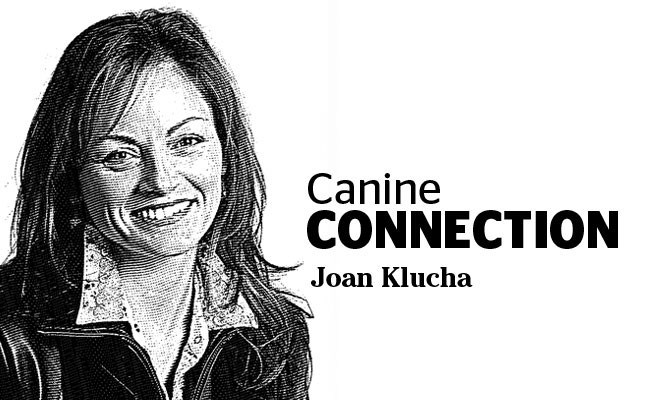I hit a major milestone with my newly adopted dog Carter this week: our first off-leash walk.
It’s always a bit nerve-racking letting your dog off leash for the first time, but I had been working diligently on-leash the last five months, building a solid leadership foundation by setting consistent boundaries for our walk.
Five months of leashed walking may seem extreme but my goal was never unbridled freedom for Carter but rather managed off-leash freedom in designated areas. This managed freedom showed me how my relationship with Carter was progressing. It told me where I stood in Carter’s view as a leader.
I do feel that we allow our dogs off leash far too soon in our training process and thus set our dogs up for failure. We put far too much value on that off-leash time rather than time spent reinforcing boundaries for them to live within and become reliable. A well behaved dog on leash is the foundation for a well behaved dog off leash. Knowing that, I did my best to set Carter up for off-leash success by building his trust in me while he was on-leash.
Our leadership training involved getting up at 6 a.m. every single morning – rain, snow or shine – and driving to the local park or trails. The early mornings were necessary because I wanted to work with Carter without the distraction of other people and dogs. The parks and trails at that time of the day offered the predictable distractions of nature and we did not have to contend with the unpredictability of human nature. Human nature, although somewhat well intentioned, had the tendency to undermine my training efforts with their “My dog is friendly” approach of irresponsible dog ownership. The minimal distractions allowed Carter to focus on me.
Once on the trails Carter was walked on a 40-foot training line. By checking with me once he got to the end of that line and changing direction on the command ‘this-way,” he was learning the boundaries I wanted him to live within.
I also wanted him to come when I called his name, nickname, or blew a whistle at various pitches. I wanted him to come to my side and sit when asked. This simple command would keep him safely out of the way of approaching joggers, bikers, horseback riders and other dog walkers. So for training, whenever I recalled him to me he had to sit at my side. Carter had to be completely reliable with all of those boundaries on-leash to be allowed off leash.
I could have easily worked him in my backyard off leash but I wanted to maintain his socialization with the world beyond my yard by exposing him to the sights and sounds of the park and trails.
Five months ago I tried my best to not let the daunting task of his retraining and the building of our bond get me down and thwart my efforts. I knew exactly how long it could take to bond with a recycled dog. I knew that I would have to change my game plan from day to day depending on what kind of baggage our training unveiled. I knew there would be days of failure and great frustration but there would also days of great achievement. I focused on the achievements and learned from the failures.
Those failures were valuable because they let me know what Carter’s limitations were and I placed realistic expectations on him based on what he was capable of – not what my ego expected of him. So when it came time for our maiden off-leash voyage, I was able to keep our walk successful by recalling the times he failed on-leash and continuing to work with him while off-leash.
Ignore the pressure to let your dog off-leash before he’s ready, whether that pressure is from your own mind or from those around you. By taking the time to work on building a solid leadership foundation on-leash you will set your dog up for success off-leash.



